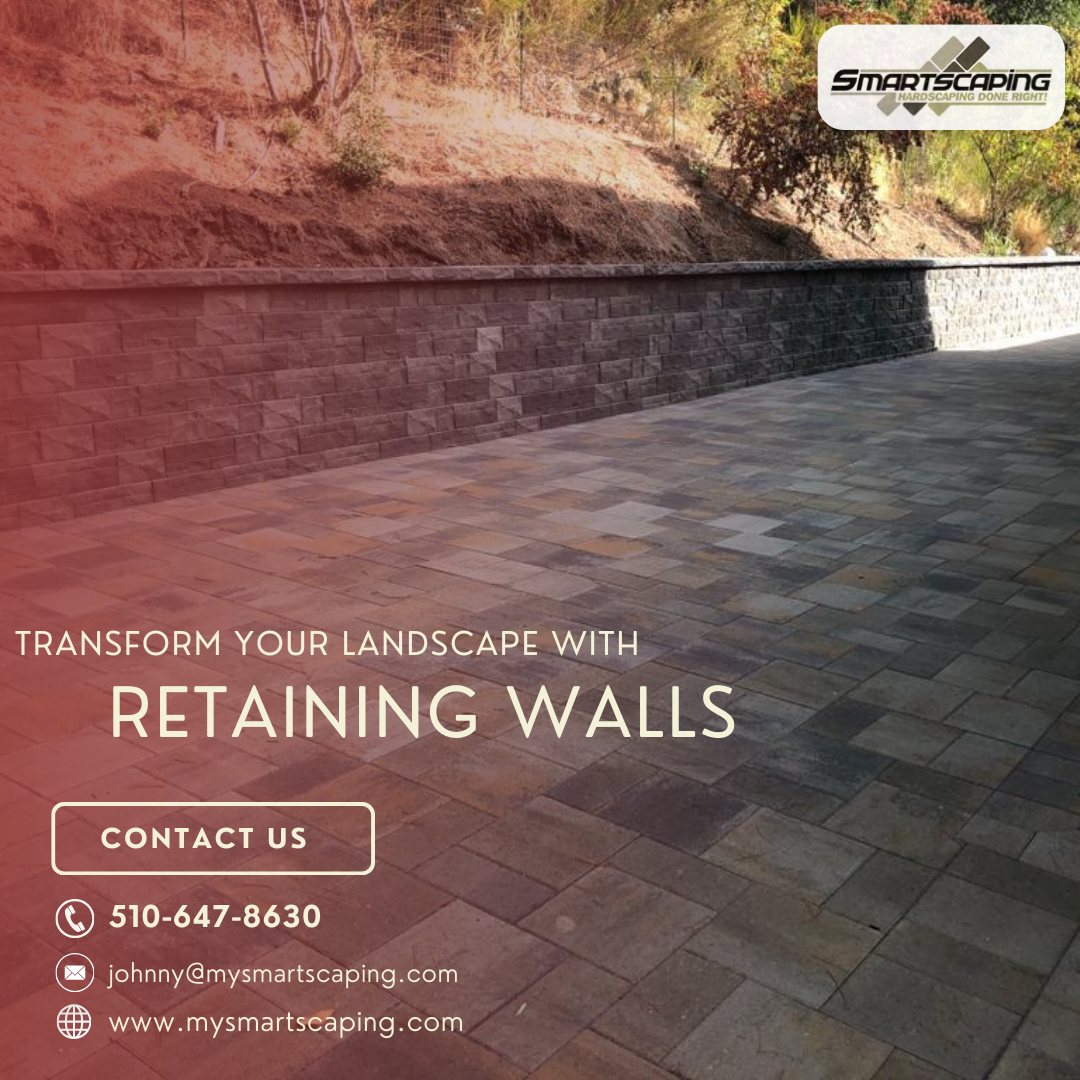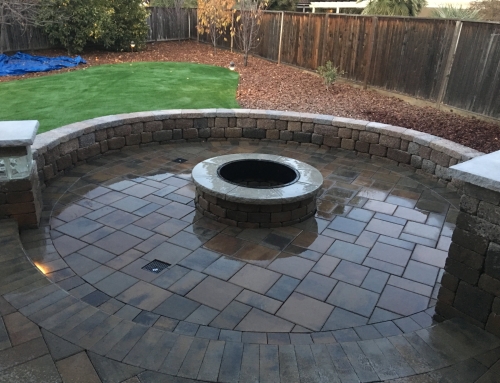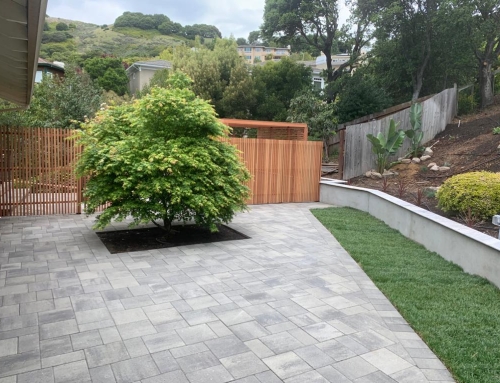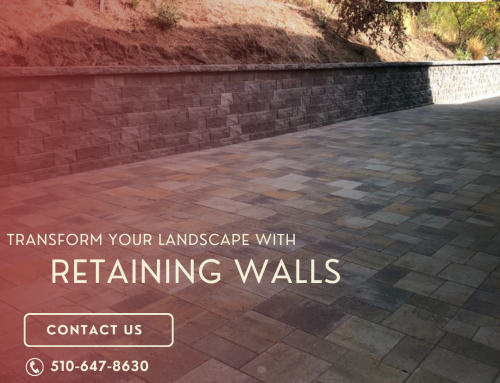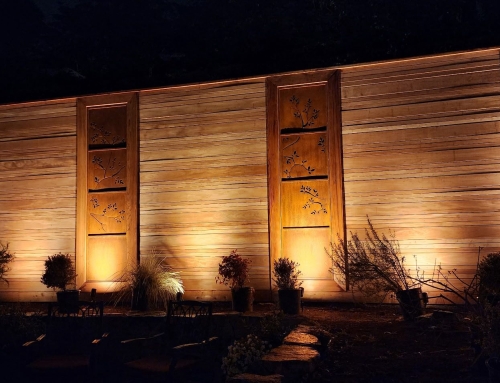When it comes to choosing the best retaining wall for your landscape, it’s essential to understand the various types available, their functions, and the materials involved. Retaining walls are not only functional but can also be a striking feature in your garden or yard. They prevent soil erosion, manage water runoff, and create level surfaces on sloped landscapes. But with so many options, how do you decide which one is best for your project? In this blog, we’ll explore different types of retaining walls, delve into the specifics of RCC retaining walls, and guide you on how to build a 3-meter high retaining wall. Let’s dive in!
Types of Retaining Walls
- Gravity Walls
- Description: Gravity retaining walls rely on their own weight to resist the pressure of the soil behind them. These walls are typically made from heavy materials such as stone, concrete, or brick.
- Best For: Low to moderate height walls, up to about 3 meters, and where the aesthetic appeal of natural stone or masonry is desired.
- Pros: Strong, durable, and aesthetically pleasing.
- Cons: Requires a large amount of material, making them labor-intensive and expensive.
- Cantilevered Walls
- Description: Cantilevered walls are made of reinforced concrete and have a T-shaped or L-shaped cross-section. The weight of the backfill over the heel helps to stabilize the wall.
- Best For: Taller retaining walls (above 3 meters) where soil loads are significant.
- Pros: Uses less material than gravity walls, can support higher loads.
- Cons: Requires precise engineering and professional construction.
- Sheet Pile Walls
- Description: Made from steel, vinyl, or wood planks driven into the ground. They are often used in soft soils and tight spaces.
- Best For: Coastal or waterfront applications, or where space is limited.
- Pros: Efficient in soft soils, quick to install.
- Cons: Not suitable for high walls or hard soil conditions.
- Anchored Walls
- Description: Anchored walls use cables or other stays anchored in the rock or soil behind the wall. These are often used in combination with other retaining wall types.
- Best For: High load applications where additional support is needed.
- Pros: Can be used to reinforce other retaining walls, supports very high walls.
- Cons: Requires extensive excavation and precise engineering.
- Reinforced Concrete (RCC) Retaining Walls
- Description: RCC retaining walls are constructed using reinforced concrete, which combines the tensile strength of steel with the compressive strength of concrete.
- Best For: High walls and where long-term durability is required.
- Pros: Extremely strong, durable, and versatile.
- Cons: More expensive and requires skilled labor to construct.
What is an RCC Retaining Wall?
Reinforced Cement Concrete (RCC) retaining walls are a popular choice for both residential and commercial projects due to their strength and durability. These walls are built by combining concrete with steel reinforcement bars (rebar). The steel reinforcement provides tensile strength, which concrete lacks, making the wall capable of withstanding significant forces from the soil behind it.
Key Features of RCC Retaining Walls:
- Strength: RCC retaining walls are known for their high load-bearing capacity, making them ideal for taller walls or areas with heavy soil pressure.
- Durability: The combination of concrete and steel makes RCC walls resistant to weathering, erosion, and other environmental factors.
- Versatility: These walls can be designed to fit various architectural styles and can be used in a wide range of applications.
- Maintenance: RCC walls require minimal maintenance, making them a cost-effective solution in the long run.
How to Build a 3-Meter High Retaining Wall
Building a retaining wall that stands 3 meters high is a complex task that requires careful planning, precise engineering, and the expertise of experienced retaining wall contractors. Here’s a step-by-step guide on how to approach this project:
Step 1: Planning and Design
Before construction begins, it’s crucial to plan the wall’s design carefully. This involves:
- Site Assessment: Evaluate the soil type, slope, and drainage conditions. These factors will influence the design and materials used.
- Structural Design: Work with a structural engineer to design a wall that can withstand the expected loads. For a 3-meter high wall, an RCC design is often recommended due to its strength and durability.
- Permits: Check local building codes and obtain the necessary permits. High retaining walls often require inspection and approval by local authorities.
Step 2: Excavation and Foundation Preparation
- Excavation: Excavate the area where the wall will be built, ensuring that the base is level. The depth of the excavation should accommodate the foundation and provide stability.
- Foundation: A solid foundation is essential for a tall retaining wall. For an RCC wall, this typically involves pouring a reinforced concrete footing that extends below the frost line.
- Drainage System: Install a drainage system behind the wall to prevent water buildup, which can add pressure to the wall and cause failure. This often includes gravel backfill and drainage pipes.
Step 3: Constructing the Wall
- Formwork and Reinforcement: Set up formwork to shape the wall and install steel reinforcement bars according to the structural design.
- Pouring Concrete: Pour the concrete into the formwork in stages, ensuring that it is properly compacted to avoid air pockets. For a 3-meter high wall, you may need to pour the concrete in layers to ensure stability.
- Curing: Allow the concrete to cure properly. This process can take several days, depending on the weather conditions.
Step 4: Finishing Touches
- Surface Treatment: Once the concrete has cured, you can apply surface treatments such as waterproofing or decorative finishes.
- Backfilling: Carefully backfill the area behind the wall with soil, ensuring that the drainage system is functioning properly.
- Inspection: Have the wall inspected by a qualified professional to ensure it meets all safety and structural standards.
Step 5: Ongoing Maintenance
While RCC retaining walls require minimal maintenance, it’s essential to:
- Inspect Regularly: Check for cracks, signs of movement, or drainage issues periodically.
- Clean Drainage Systems: Ensure that the drainage system remains clear of debris to prevent water buildup.
Conclusion: Choosing the Best Retaining Wall for Your Project
Selecting the right type of retaining wall depends on several factors, including the height of the wall, the soil conditions, and the desired aesthetic. For projects requiring a high wall or significant load-bearing capacity, RCC retaining walls are often the best choice due to their strength and durability. However, the success of any retaining wall project relies heavily on proper planning, design, and the expertise of professional retaining wall contractors.
At Smartscaping, we specialize in creating custom retaining wall solutions tailored to your landscape’s unique needs. Whether you’re considering a simple garden wall or a complex 3-meter high structure, our team of experts is here to guide you every step of the way. Contact us today to learn more about our services and how we can help you create a beautiful, functional outdoor space.


